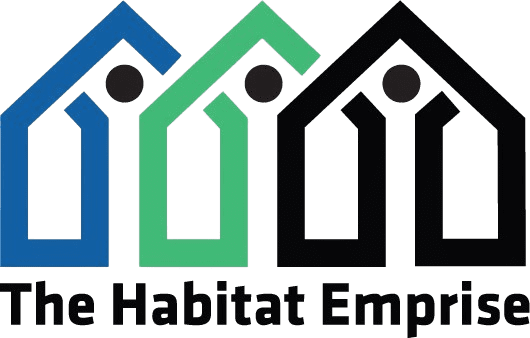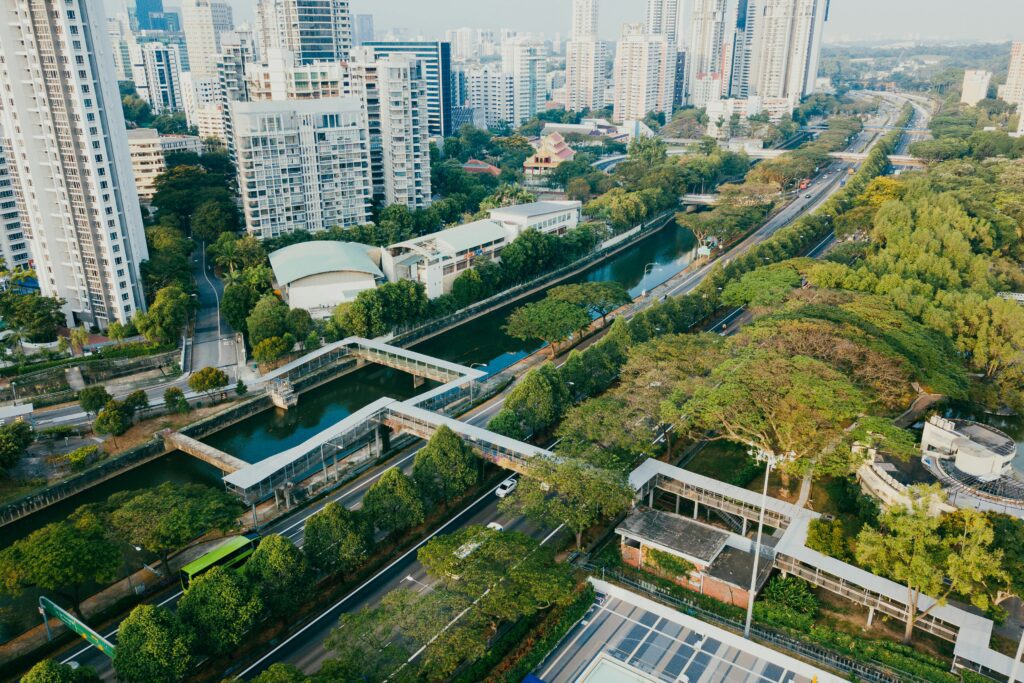As cities worldwide grapple with the escalating consequences of climate change—rising temperatures, erratic rainfall, water scarcity, and increasing disaster risks—the concept of urban resilience has taken centre stage. In India, where over 416 million people are projected to live in urban areas by 2050 (MoHUA, 2018), resilience isn’t a luxury—it’s a necessity.
From Ahmedabad’s life-saving heat action plans to Kochi’s wetland revitalization projects, Indian cities are experimenting with climate-smart urban strategies that respond not only to environmental shifts but also to the social and economic inequalities they magnify.
Understanding the risks: Urban India at a climate crossroads
Extreme heat is now one of India’s deadliest climate-related threats. In 2015, a single heatwave killed over 2,000 people across the country (NDMA, 2015). Cities like Ahmedabad took early action by adopting a Heat Action Plan, which has since reduced heat-related deaths by more than 25% (NRDC & IIPH, 2021).
Meanwhile, water scarcity is another creeping crisis. According to NITI Aayog’s Composite Water Management Index, 21 major Indian cities could run out of groundwater by 2030, impacting nearly 100 million people (NITI Aayog, 2018).
The urban resilience toolkit: What cities can do
- Green infrastructure and nature-based solutions: Urban ecosystems can act as buffers against climate extremes. Kochi, supported by ICLEI and CitiesWithNature, has developed urban biodiversity registers and restored wetlands to enhance climate resilience (ICLEI South Asia, 2022). These nature-based approaches reduce urban flooding, lower surface temperatures, and improve community well-being.
- Heat action plans and disaster preparedness: Ahmedabad’s HAP has become a national model, with cities like Nagpur and Bhubaneswar replicating it. It includes early warning systems, training for healthcare workers, and community outreach (NRDC & IIPH, 2021).
- Water resilience and urban planning: The city of Surat, part of the Asian Cities Climate Change Resilience Network (ACCCRN), implemented flood forecasting systems and resilient drainage plans after severe urban floods in 2006. These efforts were guided by a Climate Resilience Strategy co-developed with community stakeholders (ACCCRN, 2013).
- Local governance and community engagement:Tools such as the Making Cities Resilient 2030 (MCR2030) initiative by the United Nations Office for Disaster Risk Reduction (UNDRR) help cities self-assess their resilience capacity and develop forward-looking strategies (UNDRR, 2023). The Habitat Emprise’s recent work in Ujjain integrates disaster risk reduction with heritage-sensitive planning, ensuring that vulnerable populations are involved in climate response decisions.
Resilience in practice: The Habitat Emprise experience
The Habitat Emprise (THE) supports climate-resilient building and planning in cities like Ajmer and Dhaka, embedding energy efficiency, water conservation, and socio-ecological sensitivity into development plans. For example, a green building initiative in Ajmer focuses on reducing thermal stress in public buildings by using passive cooling and sustainable materials, aligned with global frameworks such as LEED.
The way forward
Urban resilience demands more than retrofitting infrastructure—it requires rethinking governance, prioritizing the vulnerable, and empowering communities. As Indian cities expand and climate threats grow, the success of initiatives like Kochi’s wetlands, Surat’s drainage planning, and Ahmedabad’s HAP point toward a new urban vision—one where resilience is embedded at every level.
References
- MoHUA (2018) – India’s Urban Population Projections
- NDMA (2015) – Heatwave Casualties and Guidelines
- NRDC & IIPH Gandhinagar (2021) – Ahmedabad Heat Action Plan
- NITI Aayog (2018) – Composite Water Management Index
- ICLEI South Asia (2022) – Nature-Based Urban Development Projects
- ACCCRN (2013) – Surat Climate Resilience Strategy
- UNDRR – Making Cities Resilient 2030
- CitiesWithNature (ICLEI & Partners)


